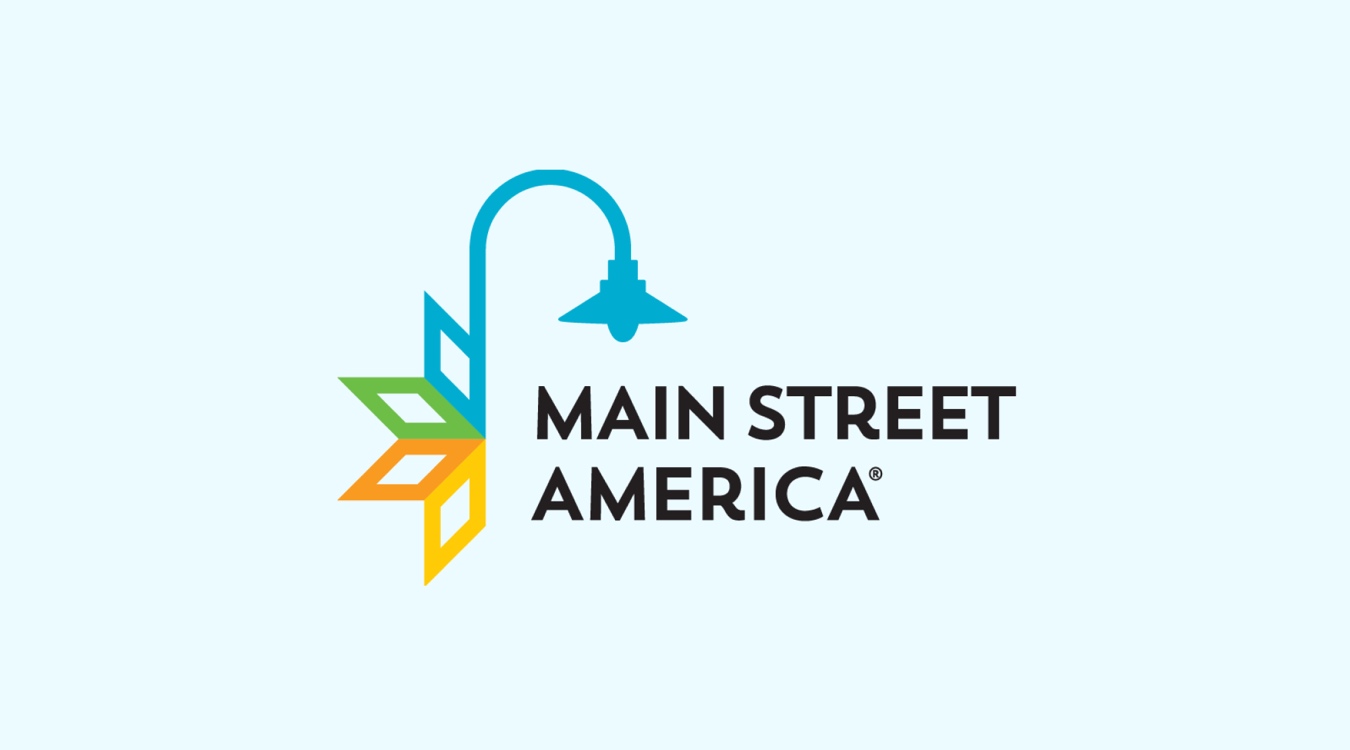When I joined Main Street America as a Program Officer in March of this year, I was excited to once again be a part of the Main Street Movement.
My Main Street career began in 2013 as Executive Director at Downtown Oregon City Association, a 2018 Great American Main Street Award winner. From 2019 until joining Main Street America, I was Executive Director at Creative Flagstaff, Flagstaff Arizona’s art, science, and culture agency. My family drew me to Arizona, but I brought Main Street with me, applying its principles of community-led transformation to the arts and culture sector in Flagstaff. Through that experience, I gained a deeper appreciation for the arts and the role that the arts play in our communities.
In my current role, I know that art and culture will continue to be an important part of my work. The arts and artists are important to all Main Streets — even if they may not be expressly identified as a transformation strategy or work plan goal.
As Main Street leaders, we talk a lot about placemaking and place keeping, cultural events, and public art. Over the past several years — especially with the onset of the pandemic — we’ve seen even greater investment in, and activation of, our public places. Why do we gather for arts and cultural experiences? Why do they matter and why might we lean into them in new ways?
Art Fosters Empathy, Dialogue, and Engagement
We often say Main Streets are the heart and soul of our communities. A thoughtful, well-maintained, and well-designed district is nothing without the people that bring it to life. We gather in downtowns and commercial corridors to enjoy good food, partake in outings with family or friends, or to be present in our neighborhood public and third spaces.
We also gather to experience art together — live music at festivals, murals on buildings, paint night at a wine bar, Shakespeare in the park, or shopping at an eclectic art gallery. Whatever the art experiences, we are immersed in the creative expression of others (and sometimes ourselves) and taken on a shared emotional journey.
These collective experiences are not dissimilar from the community engagement and community buy-in efforts that are critical to our Main Street work. Research backs up the this link to the Main Street Approach: according to the Americans for the Arts’ Arts Impact Explorer Tool, we know that participatory arts increase the desire for engagement and brings people together. Including the arts in our planning processes leads to more vibrant communities.


















































































































































